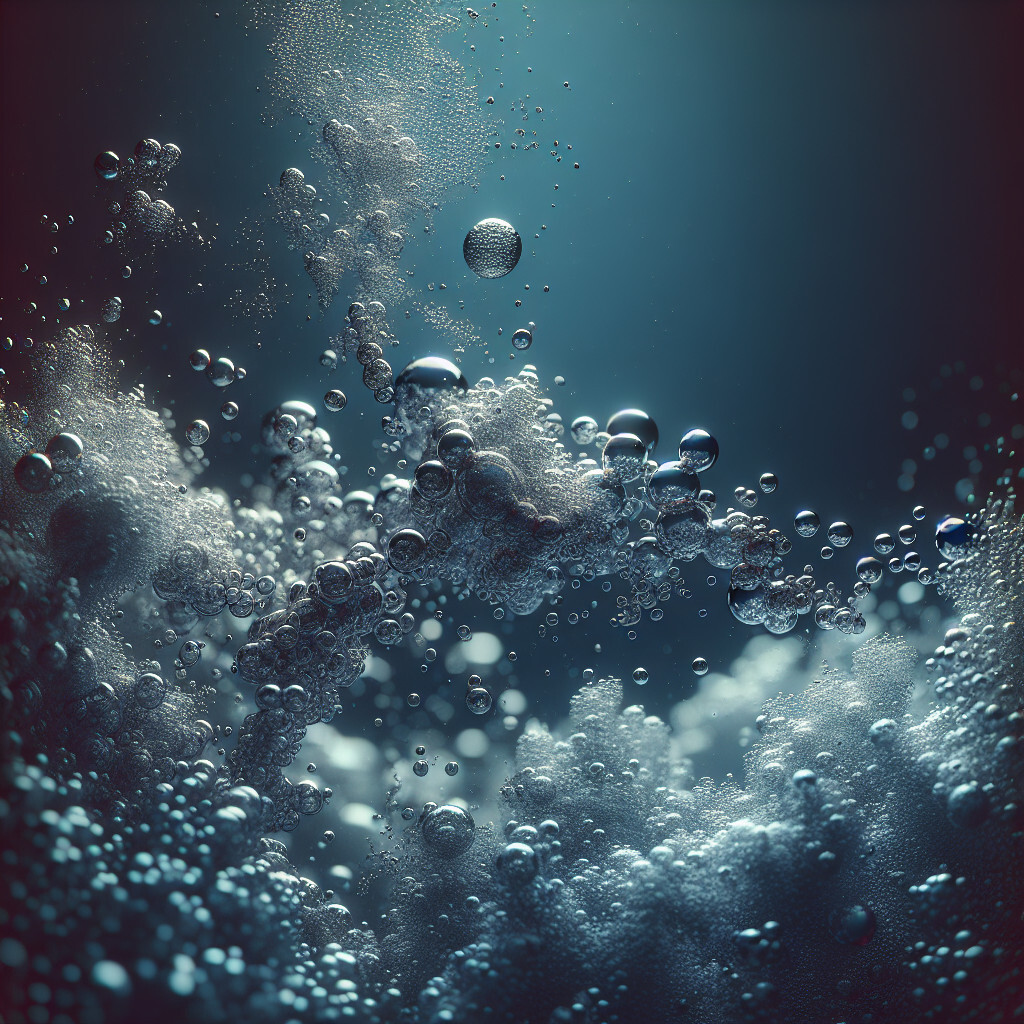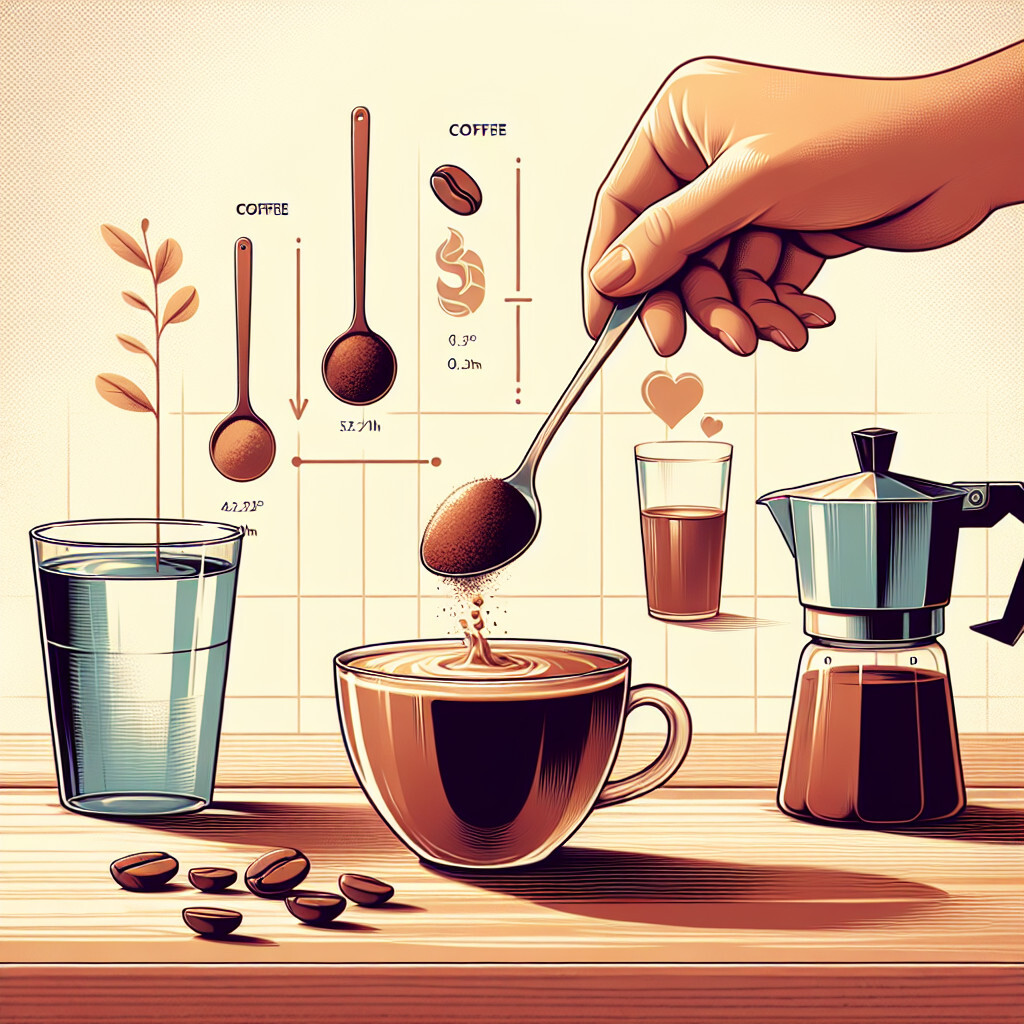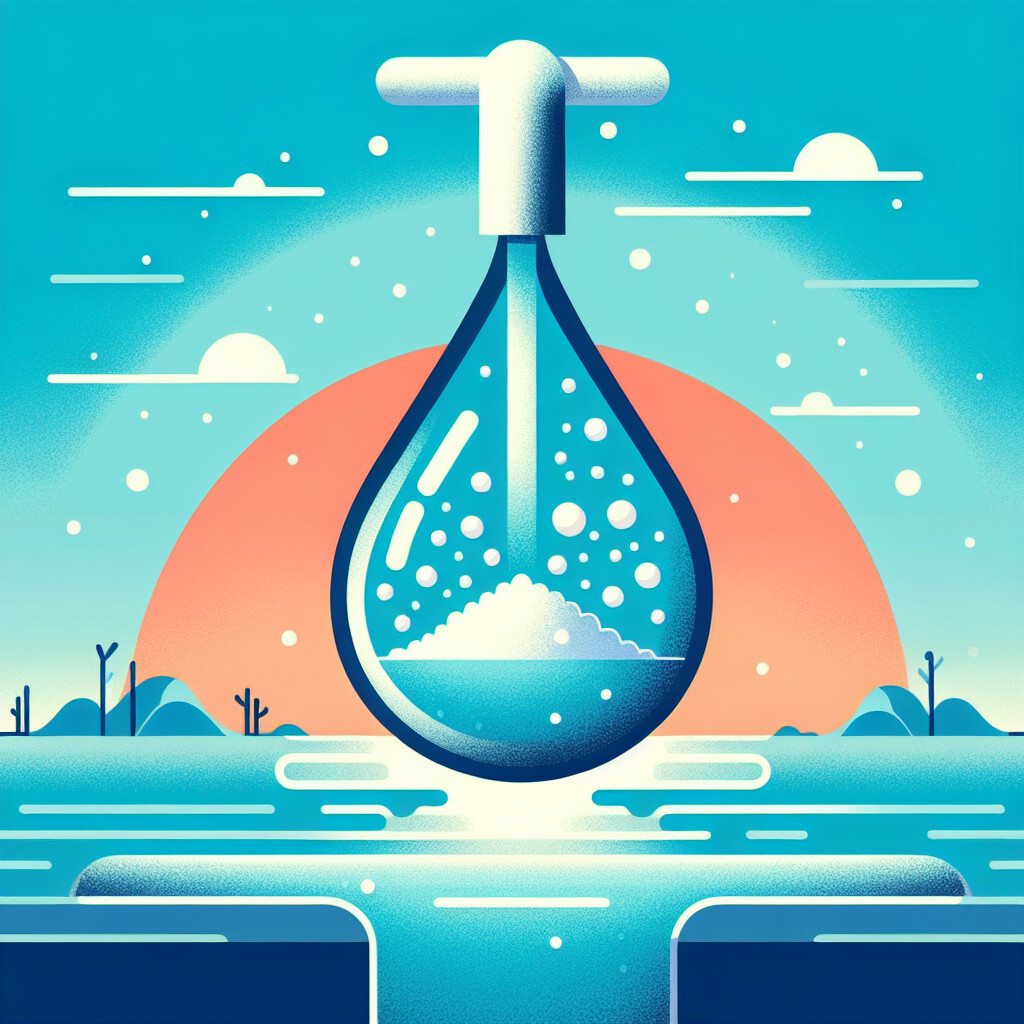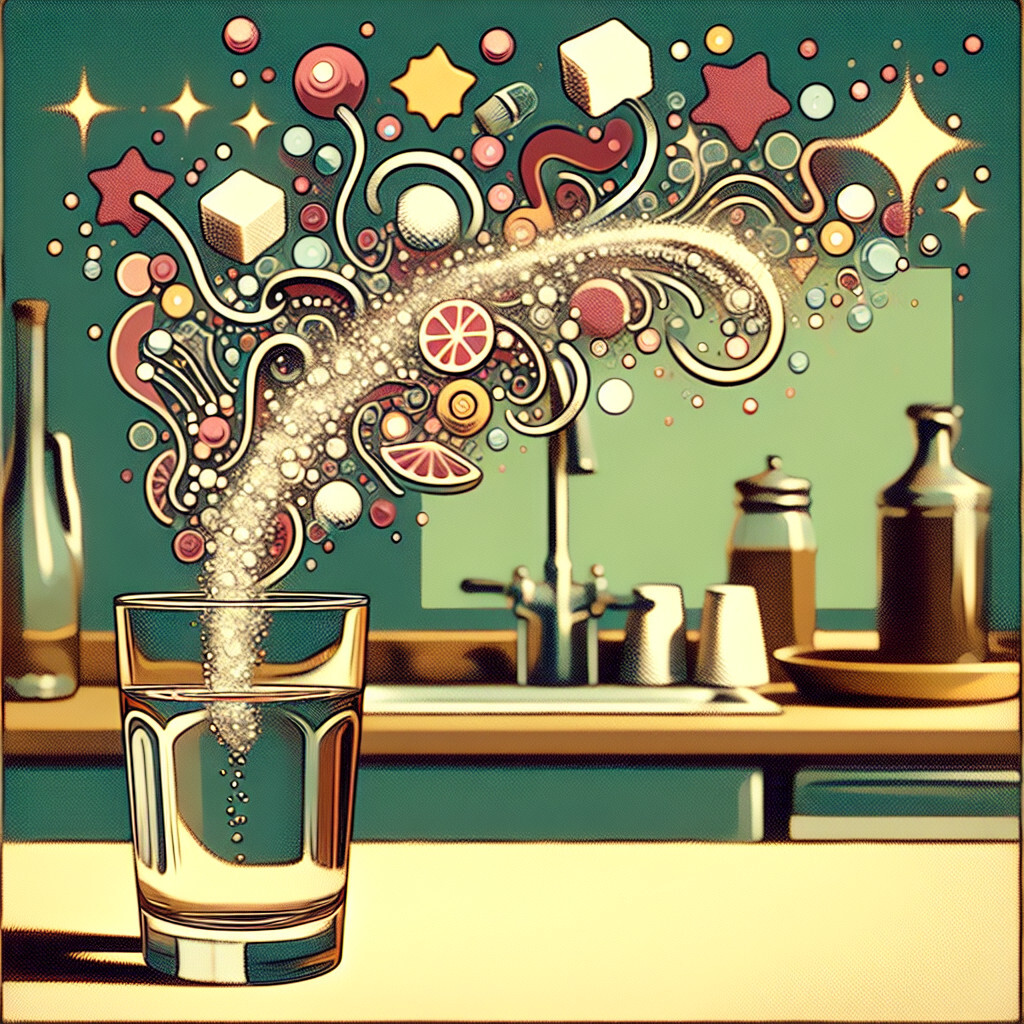-
Table of Contents
“Filtered Drinking Water Bubbles: Purity in Every Pop!”
Introduction

Filtered drinking water bubbles refer to the small air pockets that are often seen in water that has undergone a filtration process. This process removes impurities and contaminants, making the water safer for consumption. The bubbles are typically a result of air being dissolved in the water under pressure during the filtration process, which then forms visible bubbles when the pressure is released. Despite their appearance, these bubbles do not affect the quality or safety of the water. In fact, they are a common occurrence in many types of filtered drinking water, including bottled water and water from home filtration systems.
Understanding the Science Behind Filtered Drinking Water Bubbles
Filtered drinking water bubbles are a common sight that often raises questions about the quality and safety of the water. However, these bubbles are not necessarily a cause for concern. Understanding the science behind these bubbles can help alleviate any worries and provide a clearer picture of what is happening when you pour a glass of filtered water.
The formation of bubbles in filtered drinking water is primarily due to two factors: dissolved gases and changes in temperature or pressure. When water is under pressure, it can hold a larger amount of dissolved gases. As the water is filtered and the pressure is reduced, these gases are released, forming bubbles. This is a natural process known as degassing, which is similar to what happens when you open a carbonated drink.
The gases that are typically dissolved in water include oxygen, nitrogen, and carbon dioxide. These gases are harmless and are naturally present in the environment. In fact, oxygen is beneficial for the human body and is essential for the survival of aquatic life. Therefore, the presence of these gases in your drinking water should not be a cause for concern.
Changes in temperature can also cause the formation of bubbles in filtered drinking water. When water is heated, its ability to hold dissolved gases decreases. As a result, the gases are released from the water, forming bubbles. This is why you may notice more bubbles in your hot water compared to cold water.
Furthermore, the filtration process itself can contribute to the formation of bubbles. Water filters work by forcing water through a fine membrane or other filtering material. This process can introduce air into the water, which then forms bubbles when the water is poured. This is particularly common with reverse osmosis filters, which use pressure to push water through a semi-permeable membrane.
While the presence of bubbles in filtered drinking water is generally harmless, it is important to note that excessive or persistent bubbles could indicate a problem. For instance, if your water is cloudy with tiny bubbles that don’t disappear after a few minutes, it could be a sign of a high level of dissolved solids or contamination. In such cases, it would be advisable to have your water tested.
In conclusion, the bubbles you see in your filtered drinking water are usually a result of dissolved gases being released due to changes in pressure or temperature, or air being introduced during the filtration process. These bubbles are typically harmless and do not indicate a problem with the quality or safety of your water. However, if you notice excessive or persistent bubbles, it may be worth having your water tested to ensure it is safe to drink. Understanding the science behind these bubbles can help you make informed decisions about your drinking water and ensure you are providing the best for your health and well-being.
The Impact of Bubbles in Your Filtered Drinking Water
The presence of bubbles in your filtered drinking water may seem like a trivial matter, but it is a phenomenon that warrants attention. The bubbles you see are not merely aesthetic features; they can indicate a variety of conditions about your water and the filtration system you use. This article aims to shed light on the impact of these bubbles and why they should not be overlooked.
Firstly, it is essential to understand why bubbles form in your filtered drinking water. The primary reason is the presence of dissolved gases, mainly oxygen and nitrogen, in the water. When the water is pressurized or heated, these gases are released, forming bubbles. This is a natural occurrence and is generally not a cause for concern. However, the presence of an excessive number of bubbles could indicate a problem with your water supply or filtration system.
One of the most common reasons for excessive bubbles in filtered drinking water is a high level of total dissolved solids (TDS). TDS refers to any minerals, salts, metals, or organic matter dissolved in water. While some TDS is normal and even beneficial for health, high levels can affect the taste, odor, and safety of your water. If you notice a significant increase in bubbles in your filtered water, it may be worth testing your water for TDS.
Another potential cause of bubbles in filtered drinking water is a malfunctioning filtration system. If your filter is not working correctly, it may not be removing all the dissolved gases from the water, leading to an excess of bubbles. This could be due to a variety of issues, such as a clogged filter or a problem with the system’s pressure. Regular maintenance and inspection of your filtration system can help prevent this issue.
The presence of bubbles in filtered drinking water can also indicate the presence of certain contaminants. For instance, methane gas can dissolve in water and form bubbles when the water is agitated or heated. While small amounts of methane are not typically harmful, high levels can be dangerous and even explosive. If you suspect that your water may contain methane or other harmful gases, it is crucial to have it tested by a professional.
In conclusion, while bubbles in your filtered drinking water are often harmless, they can sometimes indicate underlying issues with your water supply or filtration system. Therefore, it is important not to dismiss them outright. Regular testing and maintenance of your water and filtration system can help ensure that your drinking water is safe and of the highest quality. Remember, the goal is not just to have clear water, but to have clean, safe, and healthy water. So, the next time you see bubbles in your filtered drinking water, take a moment to consider what they might be telling you.
Exploring the Causes of Bubbles in Filtered Drinking Water
Filtered drinking water bubbles are a common phenomenon that many people encounter in their daily lives. This occurrence, while seemingly innocuous, can raise questions about the quality and safety of the drinking water. The presence of bubbles in filtered drinking water can be attributed to several factors, including the filtration process, temperature changes, and the presence of dissolved gases.
The filtration process is one of the primary causes of bubbles in filtered drinking water. During filtration, water is forced through a filter that removes impurities and contaminants. This process can introduce air into the water, which then forms bubbles when the water is poured. The bubbles are simply air that was trapped during the filtration process and are generally harmless. However, if the bubbles persist for a long time after pouring, it may indicate a problem with the filter or the filtration process.
Temperature changes can also cause bubbles in filtered drinking water. When water is heated or cooled, it can absorb or release gases, which can then form bubbles. For example, when cold water is heated, it can absorb more air, which then forms bubbles when the water is poured. Conversely, when hot water is cooled, it can release air, which can also form bubbles. This is a natural process and is not indicative of any problems with the water.
Dissolved gases in the water can also cause bubbles. Water naturally contains dissolved gases, such as oxygen and nitrogen. When the pressure or temperature of the water changes, these gases can come out of solution and form bubbles. This is known as degassing. The presence of these bubbles is not a cause for concern, as they are simply a result of the natural properties of water.
However, in some cases, the presence of bubbles in filtered drinking water can indicate a problem. For example, if the water contains high levels of certain gases, such as methane or radon, it can form bubbles. These gases can be harmful if ingested in large amounts, so if you notice a large number of bubbles in your filtered drinking water, it may be worth having the water tested.
In conclusion, the presence of bubbles in filtered drinking water is usually a harmless phenomenon caused by the filtration process, temperature changes, and the presence of dissolved gases. However, in some cases, it can indicate a problem with the water. If you are concerned about the bubbles in your filtered drinking water, it may be worth consulting a water quality expert or having the water tested. Despite the potential causes for concern, it is important to remember that the presence of bubbles in filtered drinking water is typically harmless and does not necessarily indicate a problem with the water’s quality or safety.
Health Implications of Bubbles in Filtered Drinking Water
Filtered drinking water bubbles are a common sight in many households and offices. These bubbles, often seen when water is poured into a glass, are usually harmless and disappear within a few seconds. However, the presence of bubbles in filtered drinking water can sometimes indicate a more serious issue, with potential health implications.
The formation of bubbles in water is a natural phenomenon, often caused by the process of aeration. When water is poured into a glass, air gets mixed with the water, leading to the formation of bubbles. These bubbles are typically harmless and pose no health risks. However, if the bubbles persist for a long time, it could be a sign of contamination in the water.
One of the most common contaminants that cause persistent bubbles in filtered drinking water is soap. Soap can enter the water supply through various means, such as backflow from sinks or dishwashers. Consuming soap-contaminated water can lead to gastrointestinal issues, such as nausea, vomiting, and diarrhea.
Another potential contaminant is methane gas. Methane is a colorless, odorless gas that can dissolve in water. If the water supply is contaminated with methane, the gas will form bubbles when the water is poured into a glass. While methane itself is not toxic, it can displace oxygen in the body when consumed in large amounts, leading to symptoms such as dizziness, headaches, and even unconsciousness.
In addition to soap and methane, other gases such as nitrogen and carbon dioxide can also cause bubbles in filtered drinking water. These gases are usually harmless, but their presence can indicate other issues with the water supply. For instance, high levels of nitrogen can indicate contamination with fertilizers or sewage, while high levels of carbon dioxide can indicate acidic water, which can corrode pipes and release harmful metals into the water.
It’s important to note that not all bubbles in filtered drinking water are a cause for concern. In many cases, the bubbles are simply a result of the water being under pressure in the pipes and then being released into the open air. This is particularly common with refrigerated water dispensers, which often produce water with a lot of bubbles.
However, if the bubbles in your filtered drinking water persist for more than a few seconds, or if the water has a strange taste or smell, it’s a good idea to have the water tested. Many local health departments offer water testing services, or you can purchase a home water testing kit.
In conclusion, while bubbles in filtered drinking water are usually harmless, they can sometimes indicate a more serious issue. If you notice persistent bubbles in your water, it’s important to investigate further to ensure the safety of your drinking water. After all, clean, safe drinking water is essential for good health.
Q&A
1. Question: Why do bubbles form in filtered drinking water?
Answer: Bubbles in filtered drinking water are usually due to dissolved gases, primarily oxygen and nitrogen, that come out of solution when the water is poured, heated, or otherwise agitated.
2. Question: Are bubbles in filtered drinking water harmful?
Answer: No, bubbles in filtered drinking water are not harmful. They are typically caused by air, which is harmless when consumed.
3. Question: Can the presence of bubbles indicate a problem with the water filter?
Answer: Not necessarily. Bubbles are usually caused by dissolved gases in the water, not a problem with the filter. However, if the bubbles are accompanied by changes in taste, odor, or color, it could indicate an issue with the filter.
4. Question: Why do bubbles disappear after a while when water is left standing?
Answer: Bubbles disappear because the air trapped inside them eventually diffuses back into the surrounding water and air. This process is faster at higher temperatures.
Conclusion
The presence of bubbles in filtered drinking water is typically a harmless occurrence, often resulting from dissolved gases in the water, such as oxygen or nitrogen, that are released when the water’s temperature or pressure changes. These bubbles do not indicate a problem with the water’s quality or safety. However, if the bubbles persist or are accompanied by other changes in the water, it may be necessary to investigate further to ensure the water’s purity.






